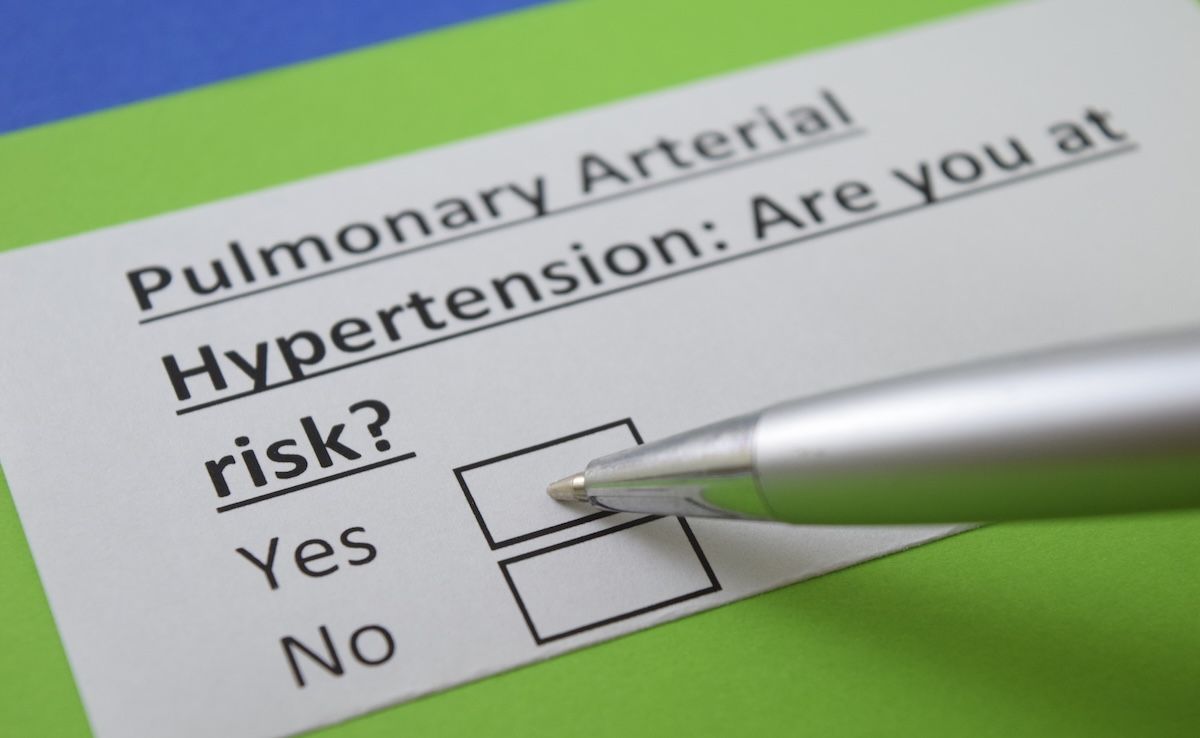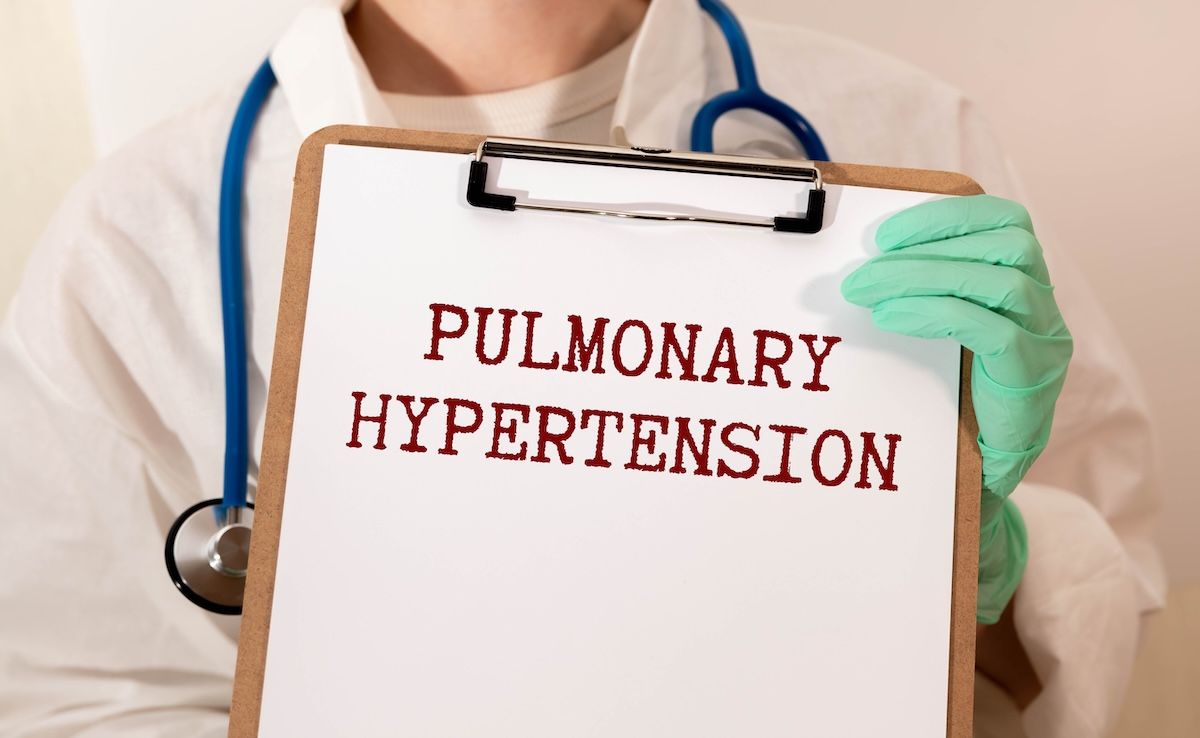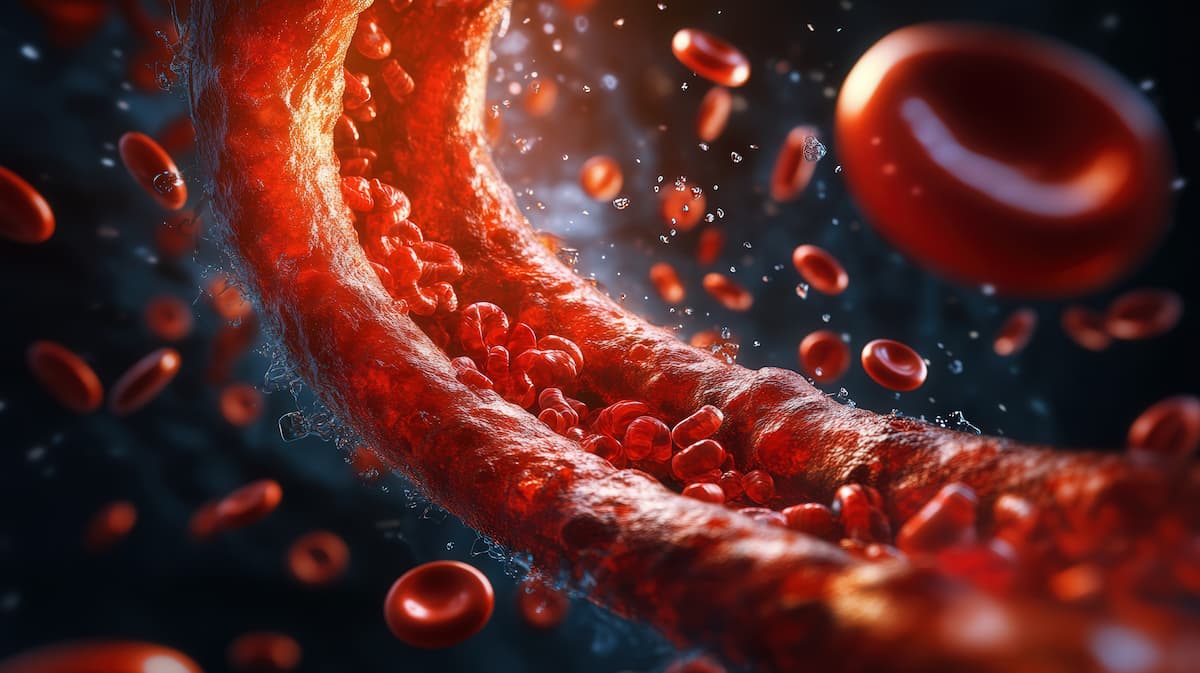Article
Studies Highlight Multiple Underlying Etiologies of PAH, Predictive Factors of PAA
Author(s):
A group of researchers published their research on the various underlying etiologies of pulmonary arterial hypertension (PAH), as well as predictive factors of pulmonary artery aneurysms (PAAs).
A group of researchers has published their research on pulmonary arterial hypertension (PAH), which takes a look at the need for personalized approaches to treated group 1 PAH and predictive factors for the development of PAH aneurysms.
Presented as 2 abstracts during the 2020 CHEST Annual Meeting in October, the researchers’ first study1 looked at 473 patients in a large, single center retrospective chart review and how they compared with the REVEAL Registry—a multicenter, observational, US-based study of the clinical course and disease management of PAH. The study cohort had 266 patients with predominantly World Health Organization (WHO) group 1 PAH.
Based on the characteristics of the patients included in the cohort, the researchers suggest that various underlying etiologies of the condition contribute to the heterogeneity observed when it comes to presentation and outcomes.
Compared with the REVEAL Registry, the researchers’ cohort had a 7% higher rate of drug-related PAH and 5.7% higher rate of portopulmonary hypertension (PoPH). Patients who had PAH secondary to congenital heart disease demonstrated the highest mean pulmonary artery pressures (mPAP) (mean 52.13 mmHg), while patients with PoPH had the lowest (mean 35.89 mmHg).
Cardiac index was lowest among patients with drug-induced PAH and highest among patients with PoPH (mean 2.44 and 3.46 L/min/m2, respectively). However, patients with drug-induced PAH had higher rates of severe right ventricular dysfunction (37.5%), while the PoPH group had the lowest rate (2.33%). Coupled together, these findings suggest that patients with drug-induced PAH may gave more pronounced cardiovascular effects, according to the researchers.
“In contrast, patients with PoPH appear to have lower mPAP, less RV dysfunction and higher CI, suggesting lower impact of their PAH on their overall prognosis,” wrote the researchers.
The second set of data presented by the group of researchers focused on predictive factors for the development of pulmonary artery aneurism (PAA) among patients with PAH, which the group says could facilitate early identification of patients at risk of developing PAA and subsequent related complications.2
PAA, which is defined as a main pulmonary artery diameter greater than 40 mm, has been reported in up to 20% of patients with PAH, which is in line with what the researchers saw in their cohort of 331 patients, of which 68 (20.5%) had a PAA during the study period.
Congenital heart disease (CHD) was most significantly associated with PAA, with an odds ratio (OR) of 3.61.
“PAA development in PAH has been previously associated with the duration of disease,” explained the researchers. “This might explain the positive associated between PAA and PAH secondary to CHD, since these patients tend to have a more prolonged course of their disease, often from a young age.”
Meanwhile, PAH secondary to connective tissue disease was negatively associated with PAA (OR 0.29). The latter finding may indicate that structural changes to the pulmonary artery wall from CTD protect against PAA, according to the researchers. They also note that other etiologies of PAH were not found to be significantly associated, positively or negatively, with PAA.
Other characteristics associated with risk of PAA included:
- Moderate and severe ventricular dysfunction (OR 2.10 and 2.16, respectively)
- Severe RV dilation (OR 2.66)
- Higher values of mean pulmonary artery pressure on initial testing (OR 1.05)
- Higher pulmonary vascular resistance on initial testing (OR 1.15)
References
- Chang T, Cruz L, Panchal A, Geibig J, Koo M, Yaghmour B. Pulmonary arterial hypertension in adults living in Los Angeles in a single center large retrospective study in pulmonary arterial hypertension. Presented at: CHEST 2020; October 18-21, 2020. Abstract 2268A. doi: 10.1016/j.chest.2020.08.1925
- Panchal A, Geibig J, Chang T, Koo M, Cruz L, Yaghmour B. Predictive factors for the development of pulmonary artery aneurysms among patients with pulmonary arterial hypertension. Presented at: CHEST 2020; October 18-21, 2020. Abstract 2268A. doi: 10.1016/j.chest.2020.08.1927





